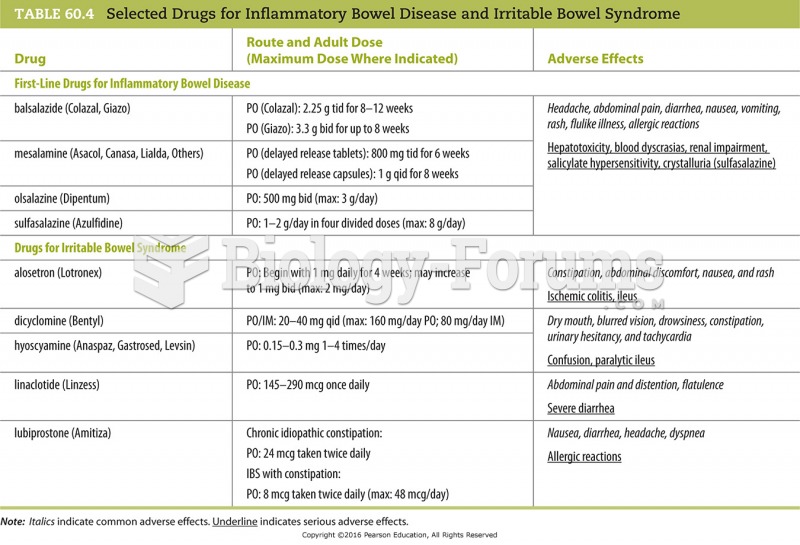Answer to Question 1
Correct Answer: 3
Rationale 1: Omeprazole is a proton pump inhibitor and works on the proton pump, which is located on the surface of parietal cells.
Rationale 2: Omeprazole is a proton pump inhibitor and works on the proton pump, which is located on the surface of parietal cells.
Rationale 3: Omeprazole is a proton pump inhibitor and works on the proton pump, which is located on the surface of parietal cells.
Rationale 4: H2-receptor antagonists work on H2 blockers. Omeprazole is a proton pump inhibitor and works on the proton pump, which is located on the surface of parietal cells.
Global Rationale: PPIs, such as omeprazole, reduce acid secretion in the stomach by binding irreversibly to the H, K-ATPase enzyme at the surface of the parietal cell, thereby blocking the final step in acid production. It does not work on the gastric mucosa layer or in the trachea. H2-receptor antagonists work on H2 blockers.
Answer to Question 2
Correct Answer: 1,2,3
Rationale 1: Parietal cells receive messages from several sources, which tell them to increase or decrease acid production. These cells contain receptors for the hormone gastrin, which is a principal physiological stimulus that regulates acid secretion from the proton pump.
Rationale 2: Parietal cells receive messages from several sources, which tell them to increase or decrease acid production. These cells contain receptors for histamine (H2), which is a principal physiological stimulus that regulates acid secretion from the proton pump.
Rationale 3: Parietal cells receive messages from several sources, which tell them to increase or decrease acid production. These cells contain receptors for the neurotransmitter acetylcholine, which is a principal physiological stimulus that regulates acid secretion from the proton pump.
Rationale 4: Intrinsic factor does not play a role in the regulation of acid secretion from the proton pump.
Rationale 5: Dopamine does not play a role in the regulation of acid secretion from the proton pump.
Global Rationale: Gastrin, histamine (H2), and the neurotransmitter acetylcholine are the three principal physiological stimuli that regulate acid secretion from the proton pump. Intrinsic factor and dopamine do not.







